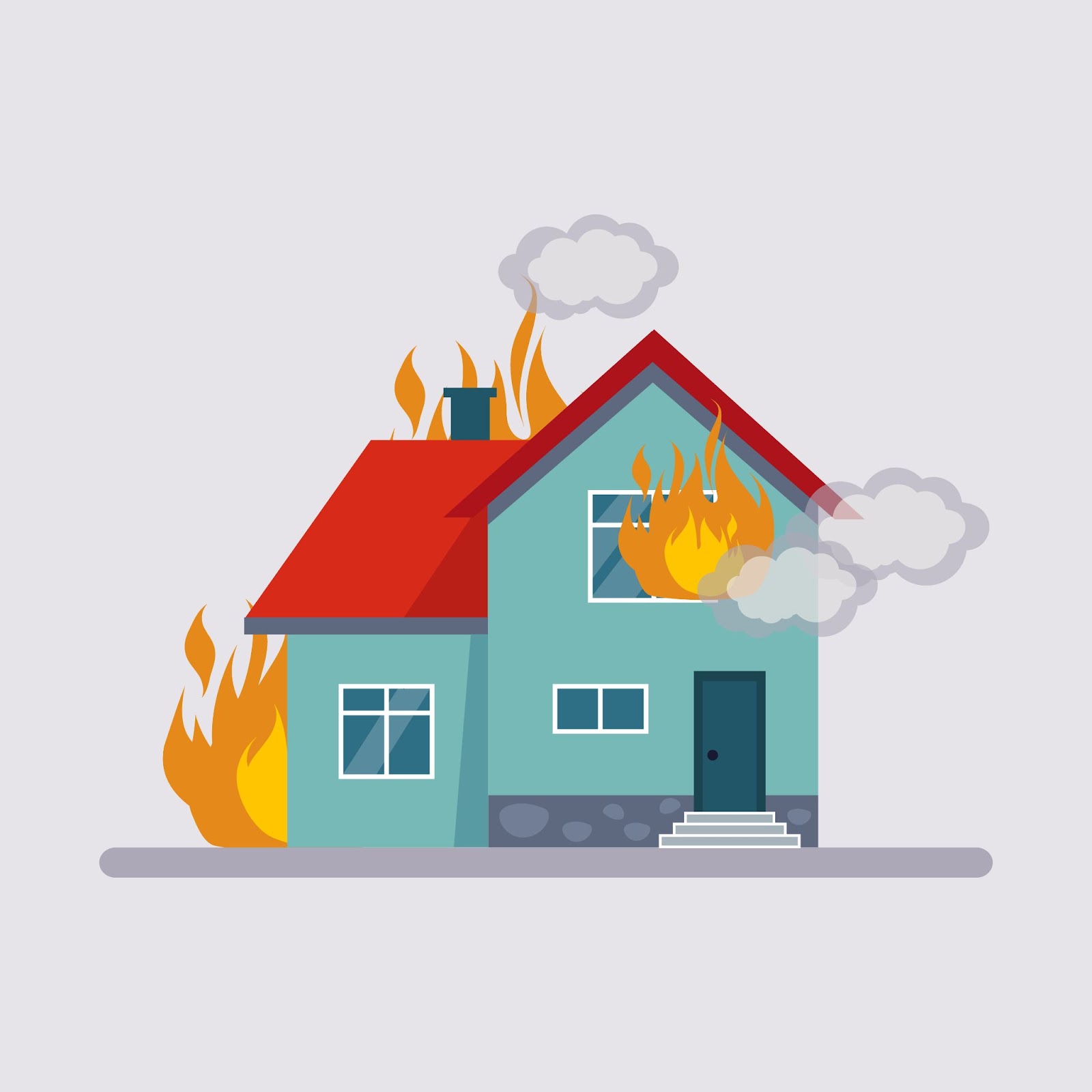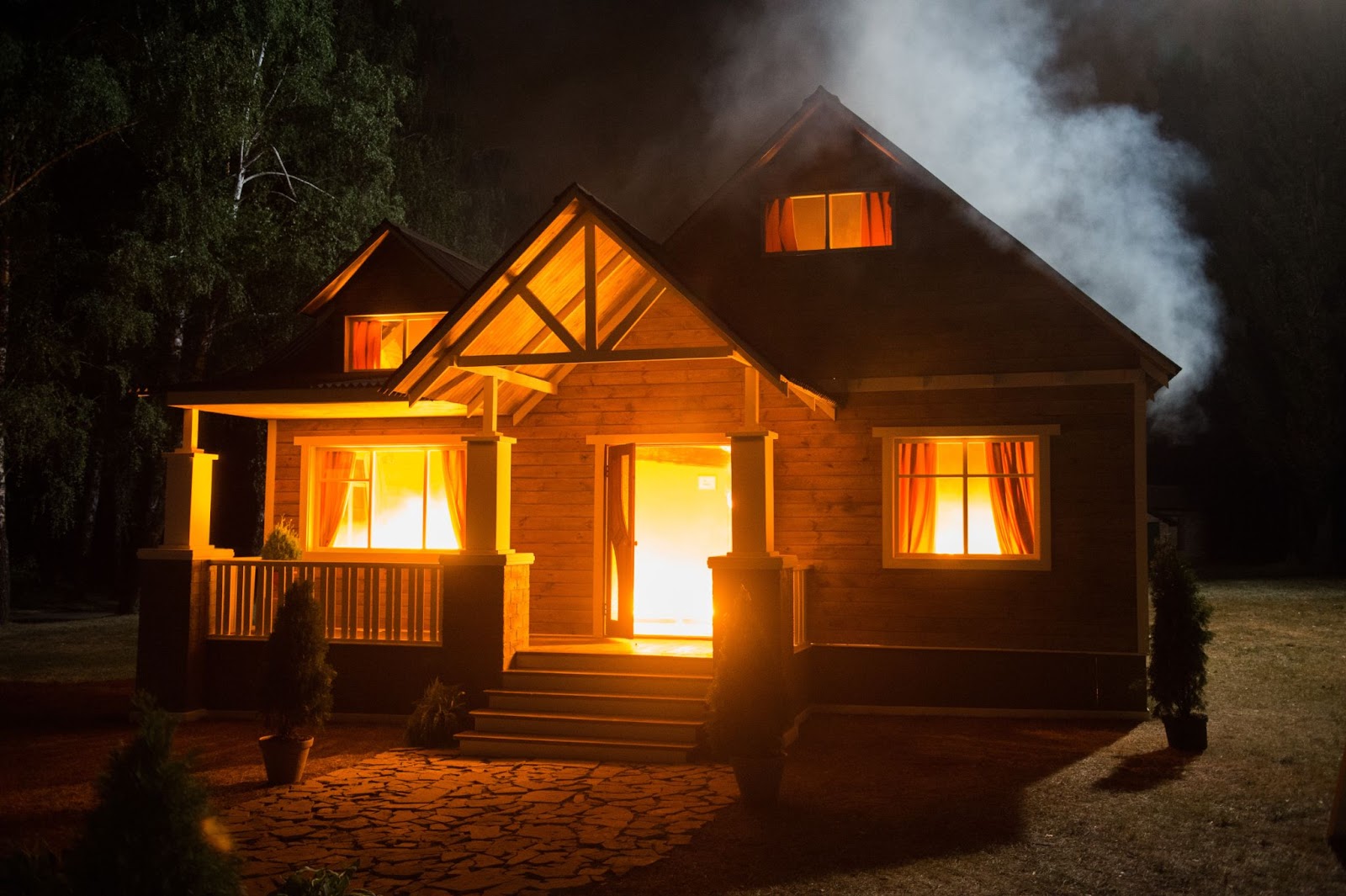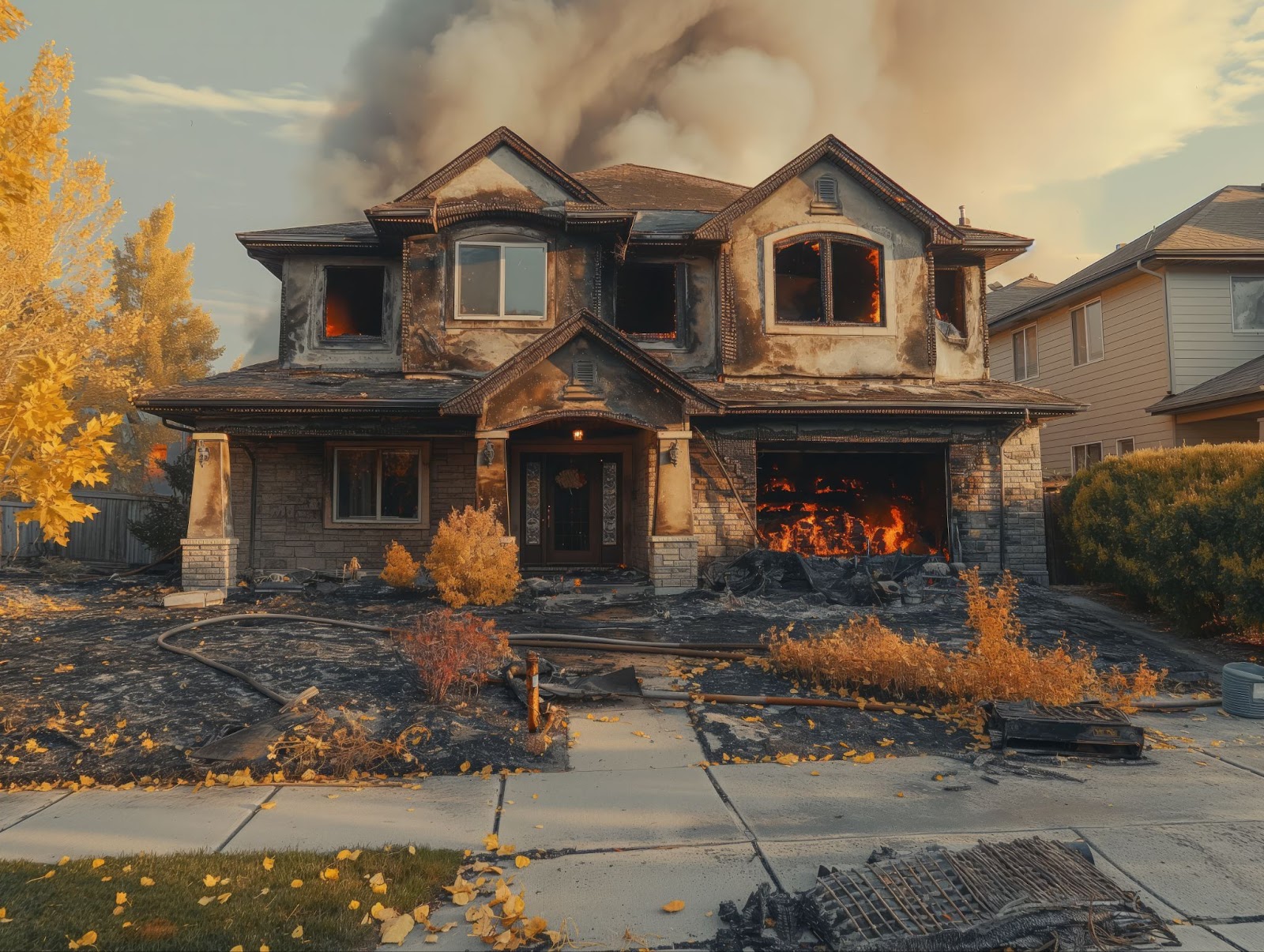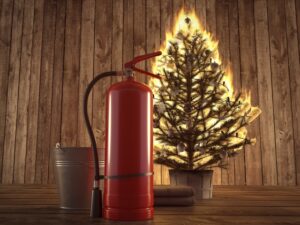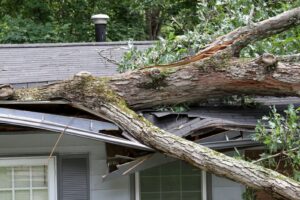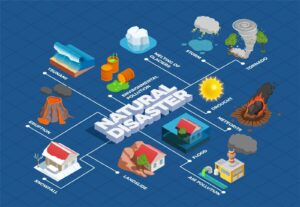Even after a fire is put out, fire damage poses ongoing threats well beyond the flames. Toxic soot, unstable structures, and contaminated air continue to endanger your health and safety.
Many homeowners think it’s safe to return once the smoke clears, but moving back too soon may cause serious problems. In this blog, we’ll explain how to tell if your home is safe to live and sleep in after a fire and why a thorough inspection and professional cleanup make all the difference.
Immediate risks after a fire
Even after firefighters leave, your home may still contain serious safety hazards. It’s important to understand these risks before reentering or attempting to sleep in the property.
Watch for structural instability
Fires weaken the very bones of your home. Intense heat compromises support beams, warp flooring, and crack foundations. Ceilings may sag, stairs might collapse, and walls could shift unexpectedly. Always have a professional inspect the structural integrity before entering or sleeping inside.
Don’t overlook smoke and soot residue
Soot clings to walls, furniture, and air vents, while smoke particles embed themselves in porous materials like carpet and drywall. These residues contain harmful chemicals and carcinogens. Without proper remediation, inhaling or touching these contaminants causes respiratory issues, skin irritation, and long-term health problems.
Check for electrical and gas hazards
Fires often melt wiring, scorch outlets, and damage gas lines. Attempting to use appliances or switch on power without an inspection could lead to shocks, electrocution, or another fire. Shut off utilities and have licensed restoration professionals assess the damage before restoration begins.
Address water damage and mold risks
Firefighting efforts usually leave standing water behind. Within 24 to 48 hours, mold starts growing in soaked walls, ceilings, and flooring. This creates another set of health hazards, including respiratory illness and weakened indoor air quality. Quick water extraction and proper ventilation are critical to prevent mold from spreading.
Returning to your home too soon puts you and your family at risk. Take time to assess the immediate dangers, and bring in professionals to evaluate the space thoroughly before resuming daily life.
Is it safe to stay overnight? Factors to consider
Before spending the night in a home with fire damage, evaluate several critical safety factors. While the fire damage may appear minimal, unseen hazards still pose serious health and structural risks.
Has a professional inspected the structure?
Don’t rely on visual checks alone. Licensed contractors or fire restoration specialists should inspect for hidden structural damage, compromised load-bearing walls, or weakened flooring that could collapse under weight.
Is the property free of smoke and soot?
Even if the flames didn’t reach every room, smoke and soot travel through vents and walls until a certified cleanup crew removes all residue, lingering toxins irritate the lungs, trigger allergies, and create unsafe sleeping conditions.
Are gas and electrical systems safe?
Have an electrician and gas technician inspect all lines and appliances. Fire melts wires or damages gas pipes, leading to fire, shock, or carbon monoxide poisoning when utilities are reactivated.
Is the air safe to breathe?
Smoke damage reduces indoor air quality. Ensure restoration professionals have run HEPA air scrubbers, ventilated the space, and tested the air for pollutants. If it still smells like smoke, it’s not ready for occupancy.
Are sleeping areas truly clean and safe?
Don’t sleep in a room that smells of smoke or contains soot-stained materials. Wash or replace bedding, curtains, and furniture. Remove any porous items that absorbed smoke. These re-release contaminants into the air.
If any of these conditions remain unresolved, wait before sleeping in the home. Your health and safety depend on a full and thorough recovery process.
Health hazards from smoke and soot
Smoke contains carbon monoxide, VOCs, formaldehyde, and carcinogens like benzene. These toxins cling to walls, furniture, and fabrics, releasing harmful particles into the air over time.
How does it affect your health?
Inhaling smoke and soot irritates your lungs, triggers asthma, and increases the risk of long-term respiratory issues. Touching contaminated surfaces may also cause rashes or eye irritation.
Who is most at risk?
Children, seniors, and people with asthma or weakened immune systems face greater danger from exposure, even at low levels.
If you still smell smoke, the toxins are still present. Only return once restoration professionals have cleaned and confirmed the home is safe.
Get a professional clearance before returning home
Don’t rely on appearances. Have licensed restoration experts inspect your home before moving back in. They detect hidden fire damage, test air quality, and confirm safety.
Certified professionals check structural integrity, electrical systems, and HVAC units. They also test for smoke residue, mold, and airborne toxins. Their inspection ensures your home meets health and safety standards.
Visual cleaning doesn’t cut it. Full remediation removes contaminants, purifies the air, and restores a safe living environment. Only after expert clearance should you consider sleeping in your home again.
Temporary living alternatives during restoration
If your home isn’t fully restored and cleared, don’t risk sleeping there. Fire-damaged structures and contaminated air can harm your health and delay recovery. Knowing when to seek temporary housing protects your well-being and accelerates the restoration process.
Insurance often covers short-term housing under “loss of use” or “additional living expenses” coverage. This may include hotel stays, rental homes, or even extended-stay accommodations. Check your policy and work with your adjuster to access these benefits early.
Staying elsewhere reduces exposure to toxins, prevents further emotional distress, and gives professionals uninterrupted access to complete repairs. Though inconvenient, waiting to return home ensures you and your family stay safe and supported during the cleanup process.
Tips to make your home safe again
To restore safety after a fire, eliminate hidden hazards and improve air quality. Start by hiring professionals to deep clean smoke and soot from every surface. Use ozone treatments or thermal fogging to neutralize stubborn odors.
Clean your HVAC system thoroughly. Replace filters and remove soot from air ducts to prevent toxic particles from circulating.
Tear out damaged drywall, flooring, and insulation. These materials often trap contaminants and moisture, increasing the risk of mold and poor air quality.
Finally, test your home for air quality, moisture levels, and residue. Once your space passes inspection, you’ll know it’s truly safe to return.
Let Total Flood and Fire Restoration handle post-fire restorations
Hiring fire restoration professionals ensures your home becomes safe, clean, and truly livable again. Certified experts identify hidden damage, remove hazardous residue, and rebuild with precision. Armed with advanced tools like thermal imaging, HEPA air scrubbers, and industrial-grade deodorizers, we restore your space far beyond what DIY methods achieve.
With Total Flood and Fire Restoration, you get a trusted team that handles everything from air purification to structural repairs. Count on our expertise to restore comfort, protect your health, and bring your home back stronger than before. If you or someone you know experiences a house fire, contact Total Flood and Fire Restoration.

